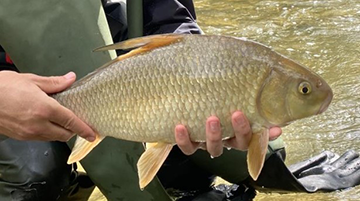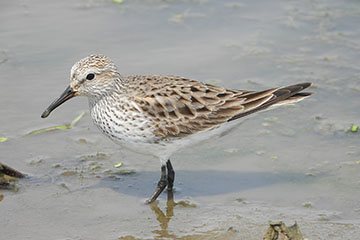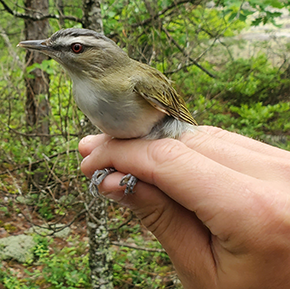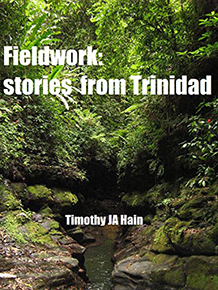Not worth a Dam: Revival on the Elwha river
August 2024
Constructed in the early 1900s, the Elwha Dam was originally built to offset the growing electrical demands of the surrounding region, which was undergoing a rapid increase in population due to the local logging industry and a nonstop demand for lumber by American colonialism expansion.
However, like many of our means of generating power, the Dam had some serious ecological impacts. Home to all five species of Pacific salmon, and four species of anadromous trout, the river originally served as the spawning grounds for up to 400,000 salmon each year - which dropped to only around 4,000 after the Dam's introduction. Furthermore, the Dam blocked the flow of nutrient-rich sediment important to a variety of shellfish and the species that depend on them alike, and caused massive flooding to the historic homelands and important cultural sites of the Lower Elwha Klallam Tribe (LEKT).
The LEKT, who have fished and depended on the Elwha river since time immemorial, were vehemently against the Dam's construction from the beginning. While they unfortunately had to wait until the negative effects became undeniable, the LEKT spearheaded the movement to pressure politicians for increased environmental protections - resulting in the introduction of the Elwha Ecosystem and Fisheries Restoration Act in 1992 (and subsequent removal of the Dam 10 years later).
Thanks to their hard work and dedication, scientists have been able to document the stunning ecological revival of the Elwha river. Our center's own Scott Walters is featured in this short PBS nature documentary to explain the positive impact that the Dam's removal has had on American Dippers (Cinclus mexicanus).
Read More








